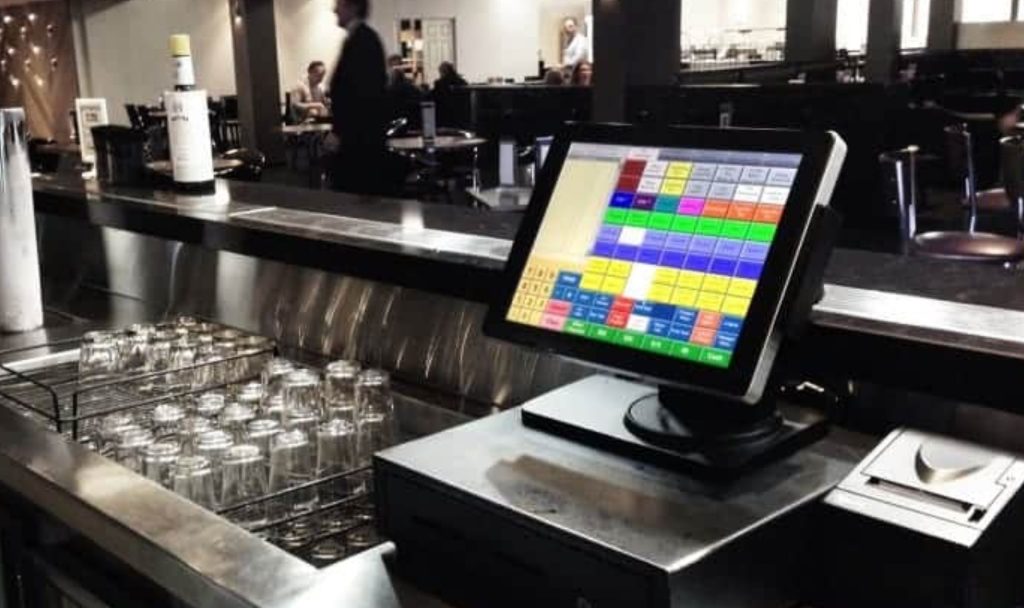The restaurant industry is continually evolving to meet customer demands and streamline operations. One crucial aspect of achieving these goals is the adoption of advanced technology, and at the heart of this transformation lies the Point of Sale (POS) system. A POS system is a critical tool that facilitates seamless transactions, inventory management, and customer service in restaurants. This article will delve into the different types of POS systems used in restaurants, highlighting their features and benefits.
Traditional On-Premises POS Systems
Traditional on-premises POS systems were the pioneers in the restaurant industry. These are locally installed systems on physical terminals and servers within the restaurant. Typically, they include hardware such as cash registers, touch-screen monitors, and receipt printers.
Advantages:
- Data Security: As the system is self-contained within the restaurant’s premises, it offers better control over sensitive customer and business data.
- Reliability: These systems usually function even when the internet is down, ensuring continuous operations during connectivity issues.
Disadvantages:
- High Initial Costs: Setting up on-premises POS systems can be expensive due to hardware purchases and installation.
- Limited Mobility: Staff is restricted to the physical terminals, which can slow down order-taking and payment processing.
Cloud-Based POS Systems
Cloud-based POS systems are the modern-day solution to streamline restaurant operations. These systems operate on internet-connected devices, such as tablets or smartphones, and leverage cloud servers to store data securely.
Advantages:
- Cost-Effective: Cloud-based systems often involve a subscription-based pricing model, eliminating the need for significant upfront expenses.
- Mobility: Staff can use tablets or smartphones to take orders and process payments, increasing efficiency and reducing wait times.
- Real-Time Reporting: Cloud-based systems offer real-time insights into sales, inventory, and other crucial metrics, empowering managers to make data-driven decisions.
Disadvantages:
- Internet Dependency: Cloud-based systems require a stable internet connection, which can be a concern in areas with poor connectivity.
- Data Security: While cloud providers invest heavily in security measures, some restaurant owners may still have concerns about data breaches.
Mobile POS Systems
Mobile POS systems, as the name suggests, operate exclusively on mobile devices such as smartphones and tablets. These systems are particularly popular in food trucks, pop-up restaurants, and establishments with limited space.
Advantages:
- Portability: Mobile POS systems are highly flexible and can be used virtually anywhere, making them ideal for on-the-go or temporary setups.
- Quick Deployment: Setting up a mobile POS is simple, with minimal hardware requirements and easy-to-use software applications.
Disadvantages:
- Limited Hardware Capabilities: Mobile devices may have some limitations in terms of processing power and connectivity options.
- Battery Life: Extended usage may drain the device’s battery, necessitating charging during busy periods.
Self-Service Kiosks
Self-service kiosks represent a growing trend in the restaurant industry, especially in quick-service and fast-food establishments. These interactive systems allow customers to place and customize their orders without staff assistance.
Advantages:
- Reduced Queues: Self-service kiosks can speed up the ordering process, leading to shorter wait times and improved customer satisfaction.
- Order Accuracy: Customers can directly input their orders, reducing the chances of miscommunication and errors.
Disadvantages:
- Initial Investment: Implementing self-service kiosks can be costly, although the return on investment comes from increased efficiency over time.
- User Experience: Some customers may be less familiar with using kiosks, which could lead to hesitancy or confusion.
POS systems have become an indispensable asset for modern restaurants seeking to enhance efficiency and deliver top-notch customer experiences. Whether it’s a traditional on-premises system, a cloud-based solution, a mobile POS, or self-service kiosks, each type brings unique advantages and considerations to the table. Restaurant owners must carefully evaluate their specific needs and budget constraints to choose the most suitable POS system that aligns with their goals and ensures a seamless operation for years to come.

